The holiday season heralds the arrival of cherished traditions, laden with Christmas symbols that evokes warmth, joy, and camaraderie. As we immerse ourselves in the festive spirit, certain symbols stand out, each bearing its own significance and contributing to the rich tapestry of Christmas celebrations. Divided into three distinctive categories, these symbols encapsulate the essence of Christmas across cultures and generations.
Table of Contents
ToggleFood Christmas Symbols
Candy Cane: Among the colorful world of Christmas candies, there is this iconic candy cane, with its red-and-white stripes and sweet peppermint flavor, has transcended its simple confectionery status. Its shape symbolizes the shepherd’s crook, reflecting both the sweetness of the holiday season and the humble origins of the Christmas story.
Gingerbread: The delightful aroma of gingerbread wafting through homes is synonymous with Christmas. Gingerbread, in the form of houses or cookies, represents festivity, creativity, and the joys of indulging in seasonal treats.
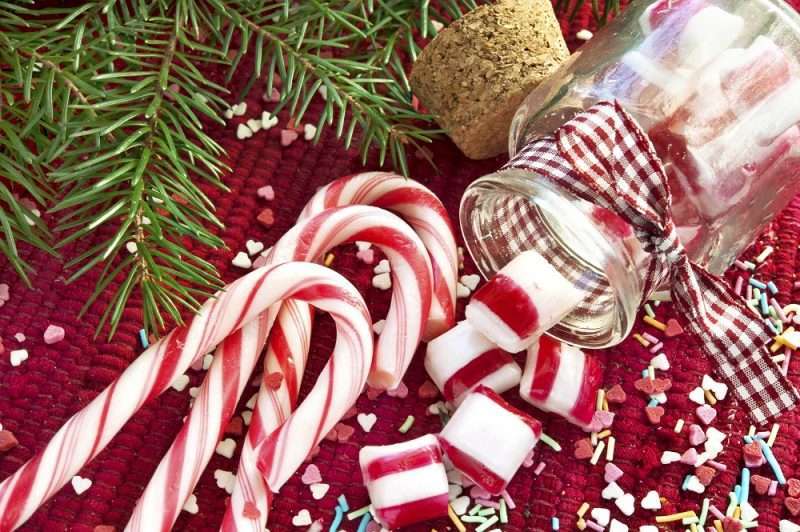

Roast Turkey: A centerpiece of many Christmas feasts, the roast turkey symbolizes abundance, togetherness, and the sharing of a bountiful meal with loved ones, echoing themes of gratitude and generosity.
Cranberries: These vibrant red berries adorn wreaths, dishes, and decorations, signifying the beauty of the holiday season and adding a touch of festivity to the celebrations.
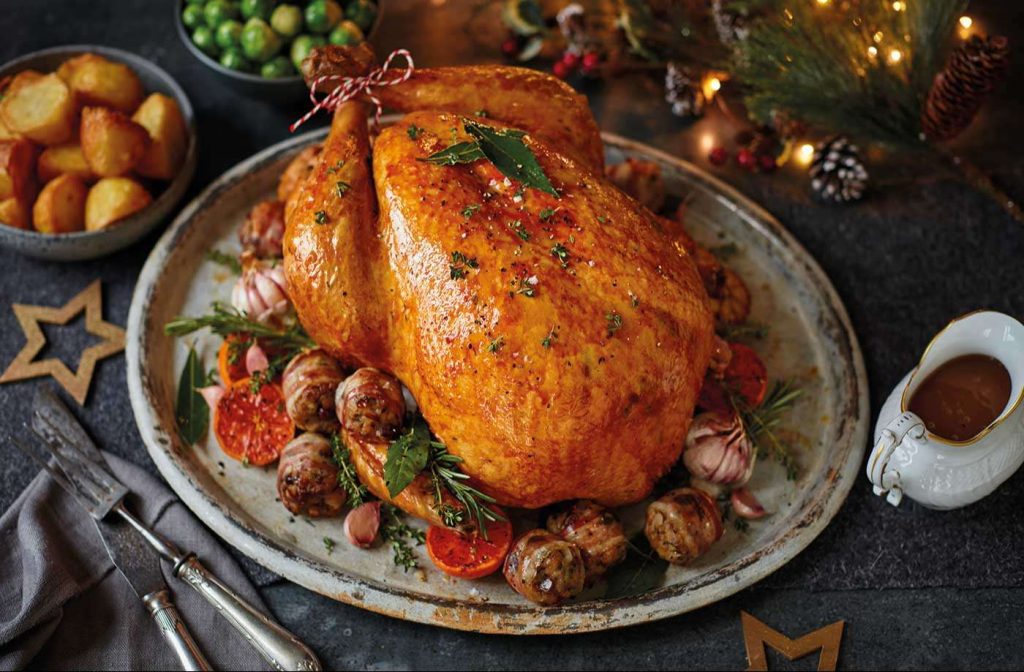
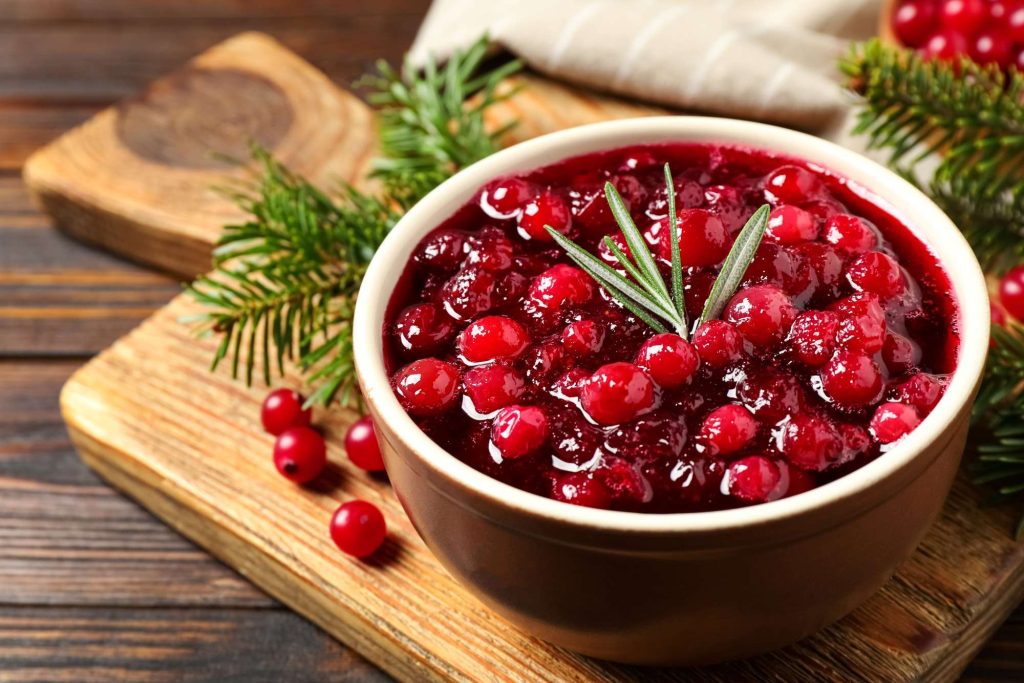
Decorative Christmas Symbols
Christmas Tree: The adorned evergreen tree stands as a beacon of hope and life during the winter season. Adorned with lights, ornaments, and tinsel, it embodies the spirit of renewal and celebration.
Stockings: Hung by the fireplace with care, stockings evoke the excitement of receiving small treasures. They symbolize the spirit of giving and the anticipation of joyous surprises.
Mistletoe: Hanging sprigs of mistletoe signify love and friendship, inviting moments of shared affection as tradition dictates a kiss beneath its branches.
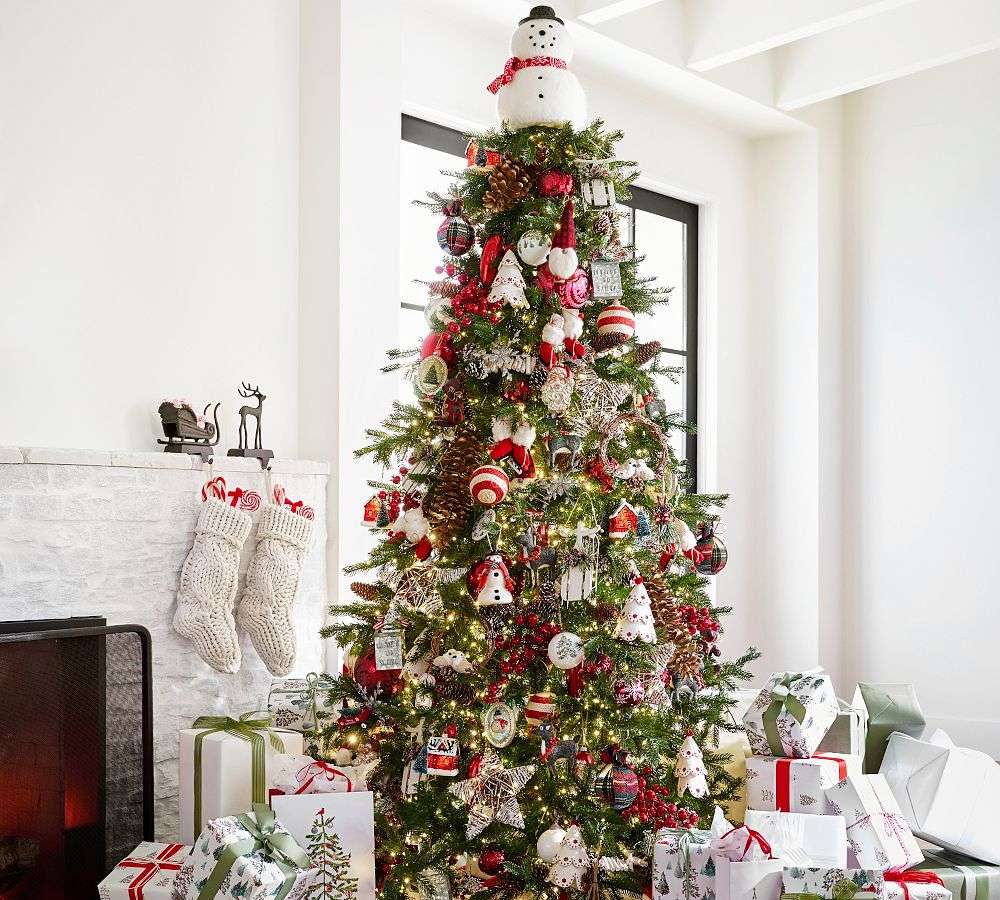
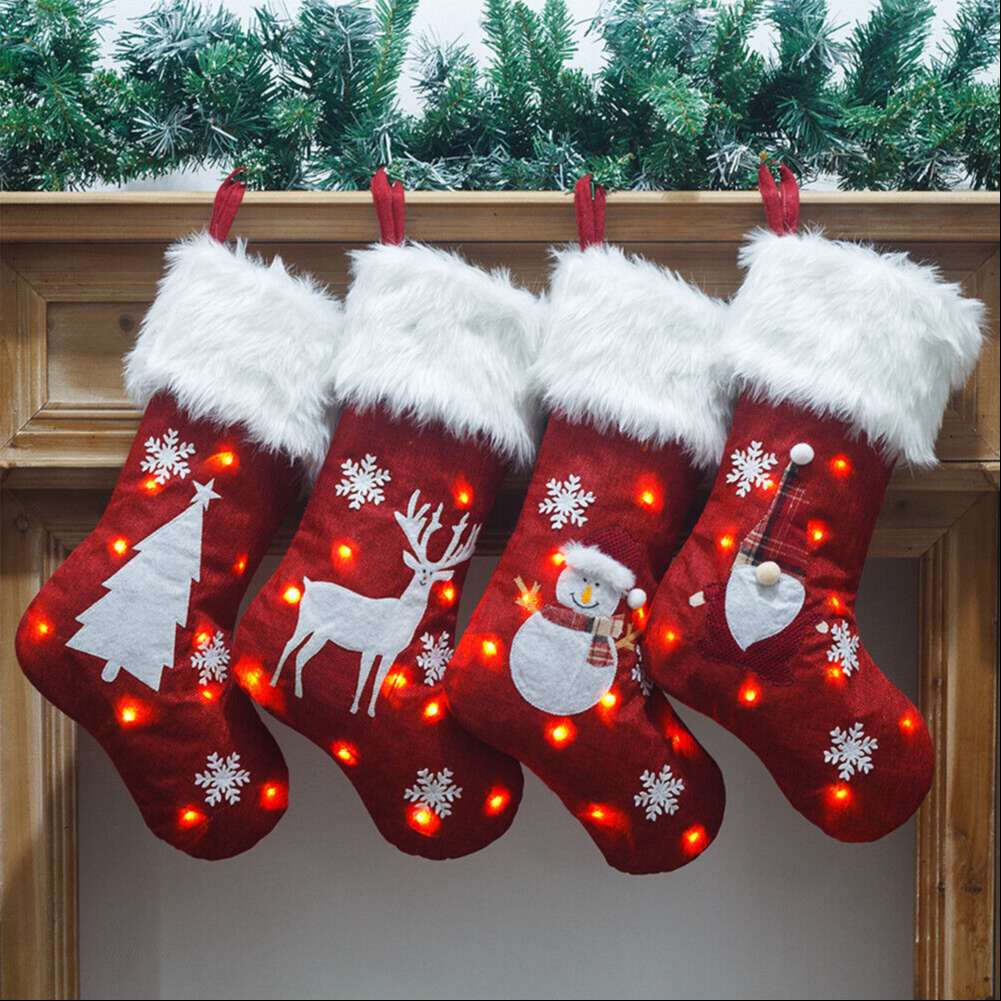
Candles: Lit during festive gatherings, candles illuminate the darkness, symbolizing hope, faith, and the warmth of the holiday season.
Bells: Jingling bells evoke a sense of merriment and celebration, resonating with joyous tunes and heralding the arrival of the season.
Wreaths: Circular evergreen wreaths adorned with berries or ribbons represent unity, eternity, and the cyclical nature of life and renewal.
Poinsettias: These striking red and green plants embody cheer and success, adding a vibrant touch to decorations and festivities.

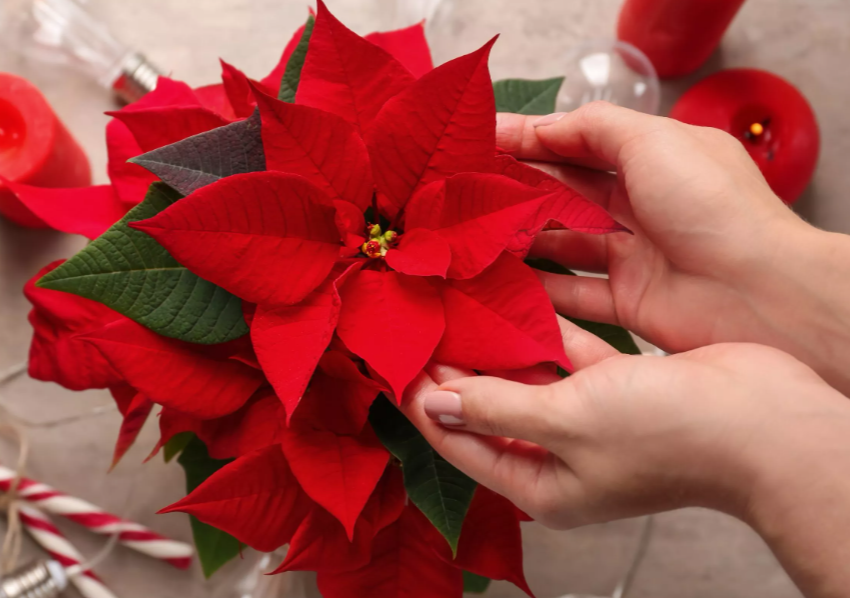
Iconic Christmas Symbols
Santa Claus: The beloved figure of Santa Claus, with his red suit and hearty laughter, embodies the spirit of giving, kindness, and the magic of Christmas.
Reindeers: Santa’s loyal companions symbolize teamwork, perseverance, and the joy of spreading happiness as they pull his sleigh around the world.
Gnomes: Nestled in folklore and mythology, gnomes bring a whimsical touch to Christmas celebrations. These mystical beings, believed to be guardians of homes and bringers of good luck, infuse the season with a sense of wonder and playful mystery.
Snowflakes: Unique and intricate, snowflakes represent the beauty of nature and the wonder of the winter season.
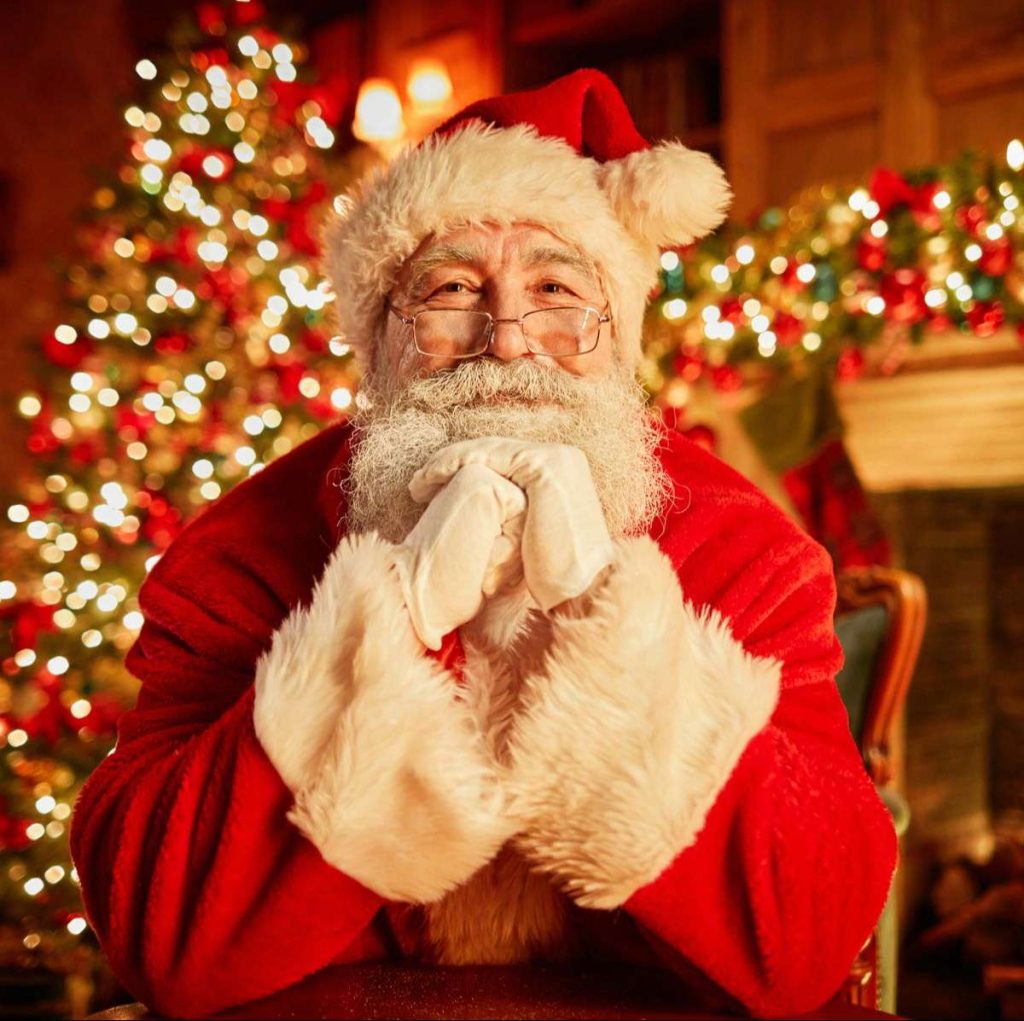
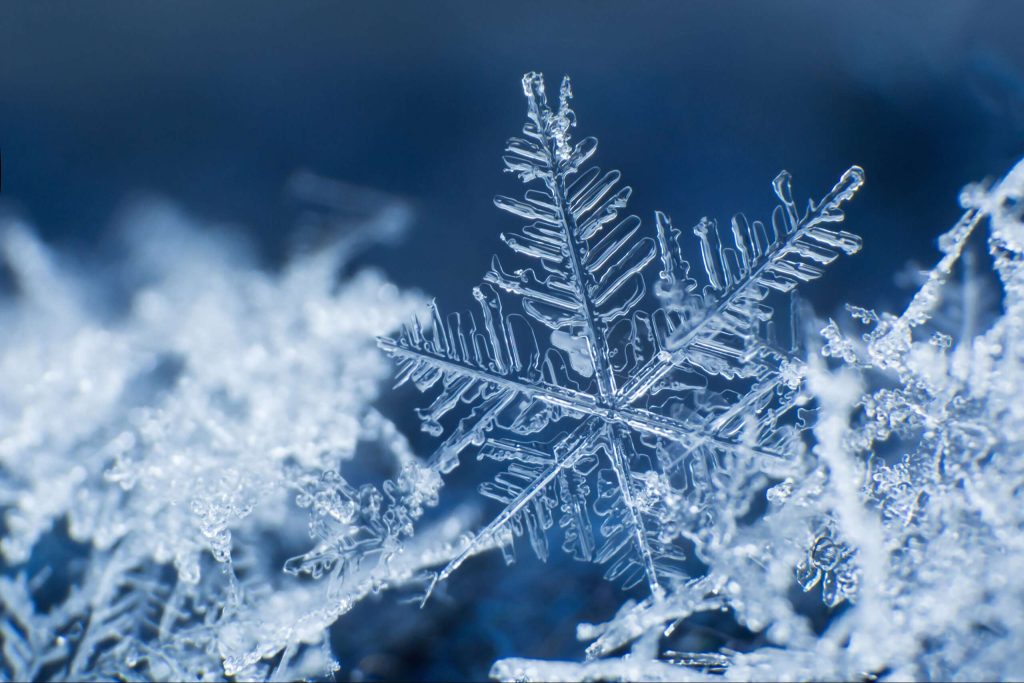
Gifts: The act of exchanging gifts symbolizes love, generosity, and the joy of sharing blessings with others.
Nativity Scene: Depicting the birth of Jesus Christ, the nativity scene is a poignant reminder of the religious significance of Christmas, embodying hope, peace, and salvation.
Colors Red and Green: Red represents love, sacrifice, and the warmth of hearth and home, while green symbolizes life, nature, and the promise of new beginnings.


Conclusion
As we revel in the magic of the holiday season, these Christmas symbols serve as reminders of the values we cherish—love, togetherness, generosity, and the celebration of life. Their timeless presence continues to unite us, transcending boundaries and embracing the true essence of Christmas.


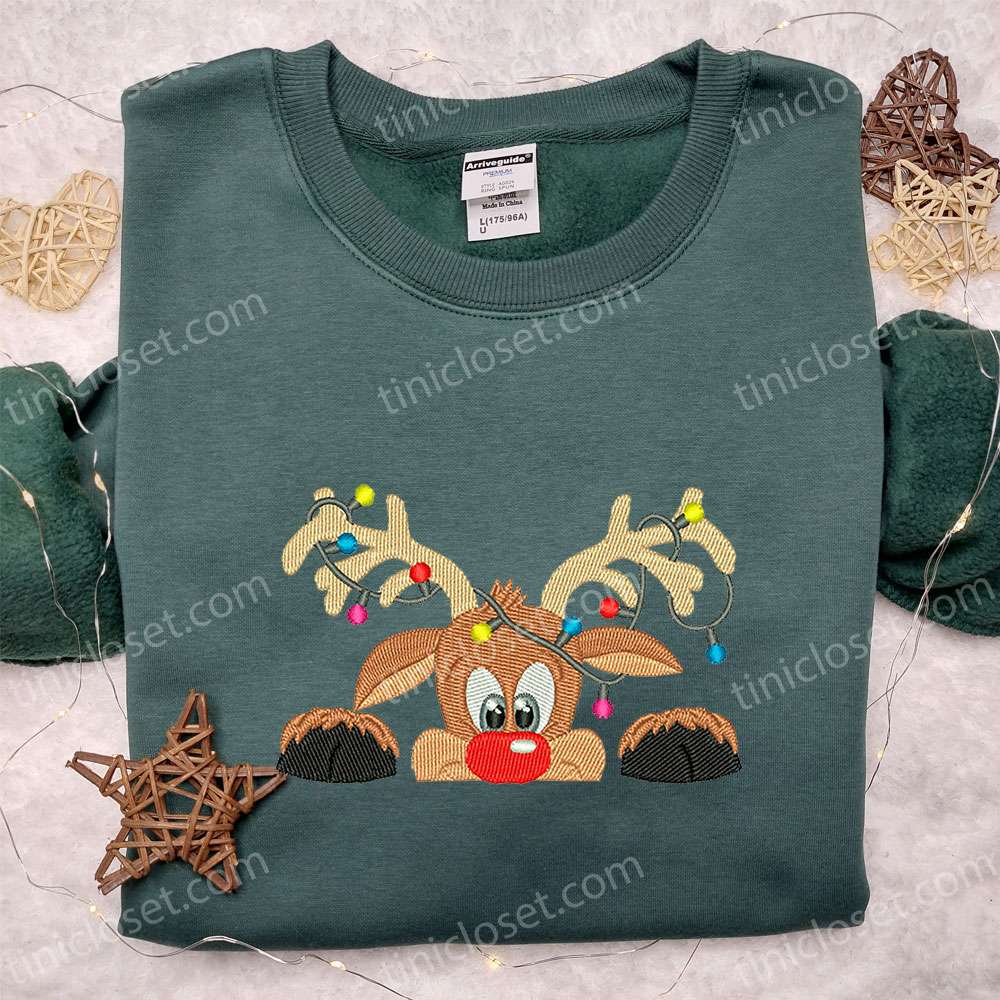












+ There are no comments
Add yours